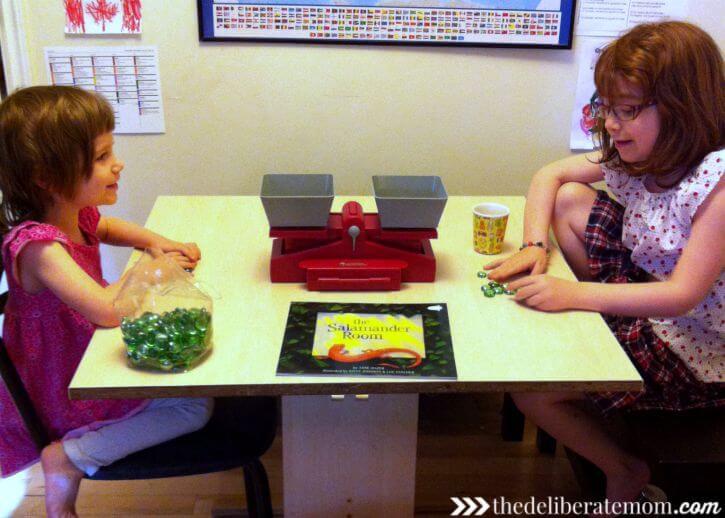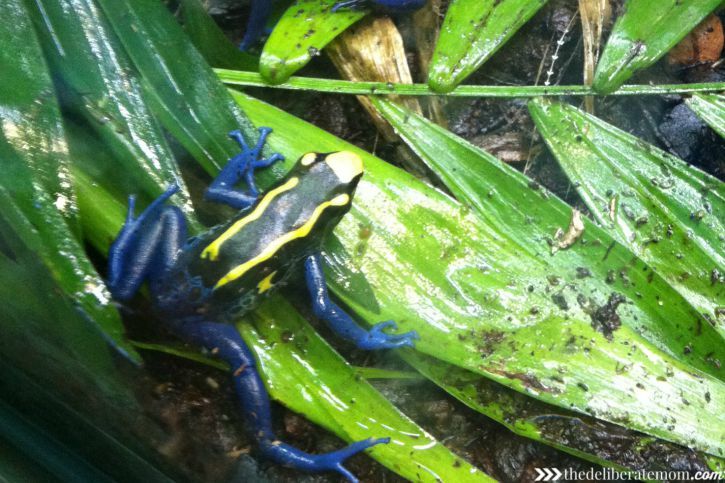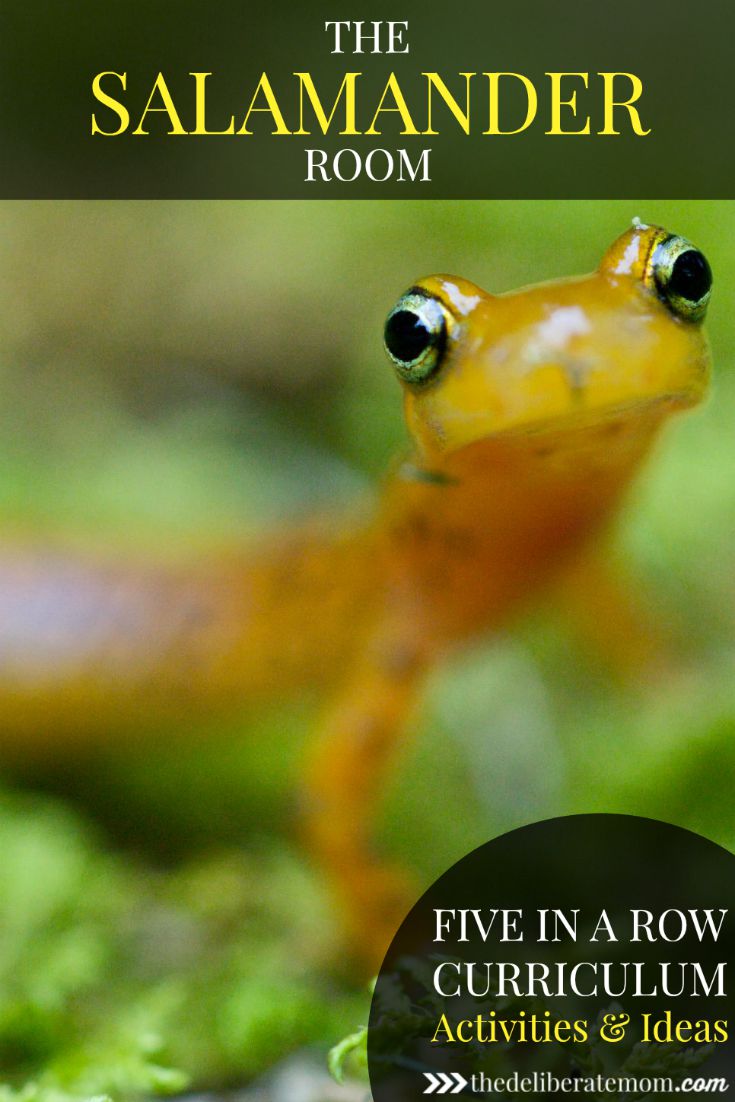You love books. Your kids love books. Wouldn’t it be awesome if we could teach our kids all sorts of curriculum through the books we read to them?! We can… and I’m going to show you how.
One of my favourite homeschool curriculums is Five in a Row. The premise of Five in a Row is to read a book daily for five straight days, and then every day have a variety of activities that enhance the book.
In my homeschooling e-book, I share how I draw ideas from various curriculum sources, but my favourite is literacy-based planning, such as Five in a Row. What I love about this approach, is that every day builds on the previous day. For instance, if my girls and I discuss a specific literary device, such as onomatopoeia, the next day they get excited about the onomatopoeia as we encounter it in the story. The learning is reinforced daily – so it makes the learning especially engaging and fun.
We’ve been doing Five in a Row for over a year now, and I thought I would share some of our experiences with you. While I often follow the suggested activities in the Five in a Row book, I sometimes veer off and gather other activities as well.
Here are some great ideas for rowing the book, The Salamander Room! #homeschool Click To TweetThis month’s featured book is:
The Salamander Room by Anne Mazer

This is a wildly imaginative book with beautiful illustrations!
Language Arts
Reading
We discussed reading for knowledge. We found books that taught about salamanders and borrowed them from the library (just as it appears Brian did in the story).
Outside of reading this book daily, we read some other relevant books as well. These included:
Frogs, Toads, and Salamanders by Chris McNab
Encyclopedia Brown and the Case of the Slippery Salamander by Donald J. Sobel
Salamander Dream by Hope Larson
Slimy Salamanders by Meish Goldish
Literary Devices
We discussed the parallel construction that appears in the story (through the mother and son’s verbal exchange). Then we did a visual representation of the parallel construction in the story.
As I read the book, my youngest daughter would put one pebble on her side of the scale for every time the mother asked a question. My oldest daughter would put a pebble on her side of the scale for every time the son responded to the mother.

We discussed setting, specifically, the setting in this book.
Writing
I also had the girls do written copy work. The free printable for the copy work is at Homeschool Share.
Social Studies
Relationships
The FIAR curriculum suggested discussing the relationship between the son and the mother. We talked about how the mother gently encouraged the boy to think about things. She never told him his ideas were ridiculous, in fact, her questions encouraged deeper thought.
Geography
We discussed where salamanders lived and focused specifically on the Tiger Salamander’s habitat in Alberta.
We discussed rainforests since salamanders also live there. We looked on a map and discussed where the rainforest areas are.
Science
Since we were just wrapping up our third-grade science unit on life cycles, this was the perfect opportunity to explore and discuss the life cycle of a salamander.
The girls worked on a salamander life cycle flap book which we obtained from Homeschool Share.
We went on a nature scavenger hunt.
Math
My oldest daughter worked on the math story problems on the printables provided by Homeschool Share.
My youngest daughter counted the various insects that appeared in the book.
Art
We drew salamanders in our art journals.
We made salamanders from salt dough. The project took two days because the first day we made the dough, sculpted it, and baked our salamanders. The next day we painted them.
We also designed salamander rooms using shoe boxes, fake moss, rocks, twigs, and other assorted items. The final result was gorgeous!

We proudly displayed our creations on our play table, took some pictures, and within a few hours all of our salamanders went missing! No, they didn’t get a life of their own… our dog ate all of them!
Lesson learned. Never make anything out of salt dough and leave it within the dog’s reach.
Cooking
We made tropical trail mix. The girls selected a variety of dried fruits, pretzels, crackers, etc. and made tropical trail mix to eat.
Field Trip
We went to the zoo to see if they had any salamanders there. They didn’t! We did see some other amphibians, though… like poisonous dart frogs!

Additional Resources:
10 Interesting Salamander Facts
Five in a Row: Fold and Learn Book (scroll down to fiar-fnl-v3-salamander-room PDF and click for the FREE download)
The Salamander Room (read and shown on YouTube)
Bill Nye the Science Guy: Amphibians DVD
The Salamander Room – Problem/Solution FREE Printable Resource
Spotted Salamander Colouring Page – FREE Download
The Salamander Room was a delightful book to row! There was ample content to explore, and the book was beautiful to read. I hope you’ll check in next month to see how we rowed another book!










I love how you incorporated the book into all the other subject areas and even though I don’t homeschool, might look into this book for my girls and try a few of the activities you mentioned here as further reinforcement of the subject areas for my girls. Thanks Jennifer and wishing you a great week ahead now xoxo :)
Thanks Janine! I have such fun teaching this way!
I’m glad you enjoyed this!
What a great idea and one that you know that I will now incorporate into Madison’s learning. She just loves to read but we read because we want to read. Now I think I’m going to do this idea and also actually “teach”. She’s 3 but she’s never too young to learn. Thank you once again!!
I love literacy-based learning. It’s one of my favourite ways to teach!
No salamanders at the zoo? You guys really should create your own in-home salamander room… I really thought you adopted a baby salamander or something before I read through your post! LOL.
P.S. I can’t remember if I signed up for your newsletter. I think I may have and the unsubscribed or it got lost in spam. Regardless, I’ll sign up again just in case. :D
I know right?! Like why wouldn’t the zoo have salamanders!
I love seeing all the homeschooling techniques you incorporate Jennifer. This seems like a great way to get your teachings to stick. :)
Thanks Tiffany! I love literacy-based learning. It’s so much fun and it really does help the concepts stick!
Wow. This is such an elaborate lesson plan that really seems like it will sustain. It’s just a reminder to check out your book. :)
Thanks Caryn! I have such fun when we do our Five in a Row curriculum!
This sounds like a wonderful way to learn! Thanks so much for sharing. :-)
My pleasure Erin! I just adore Five in a Row! Literacy-based learning is one of my favourite teaching techniques.